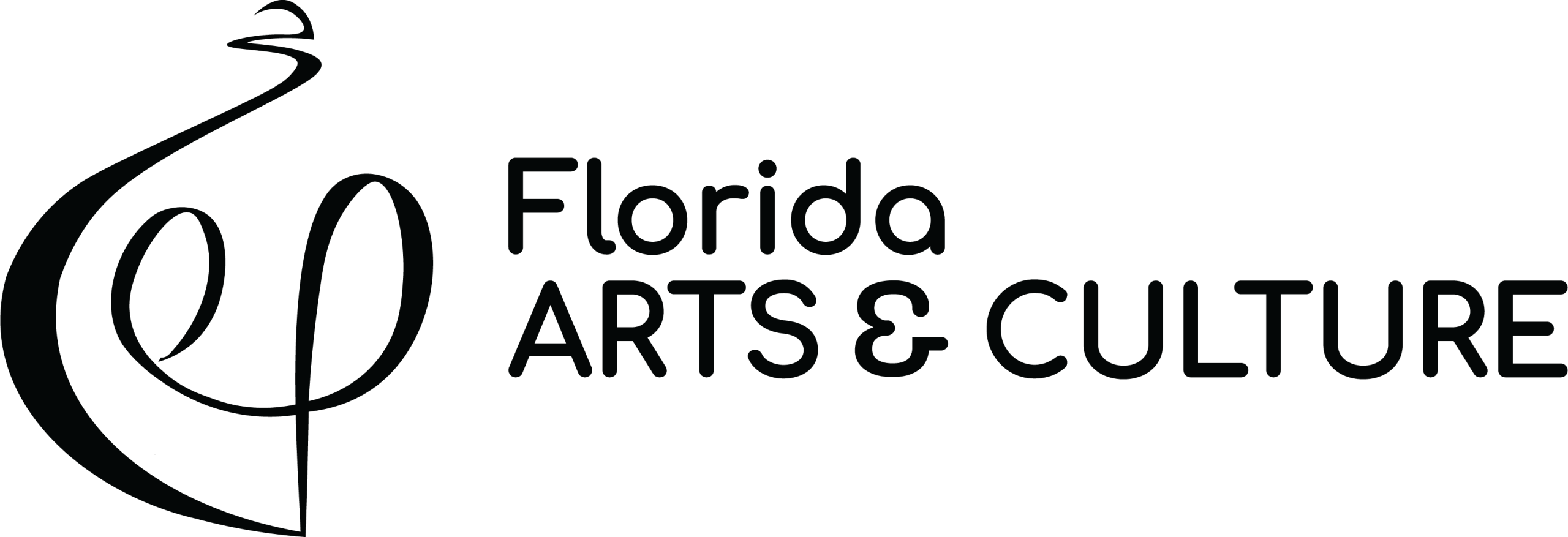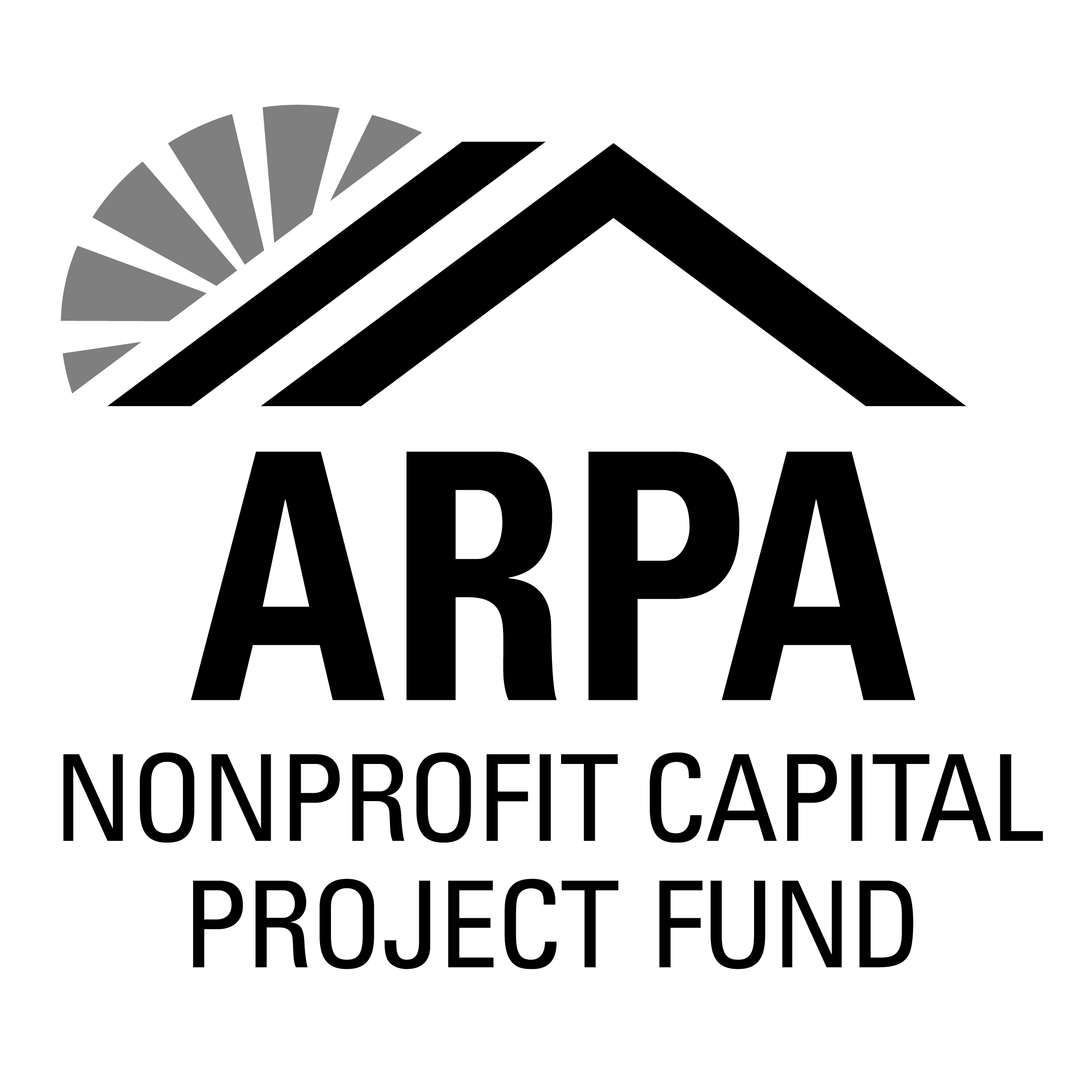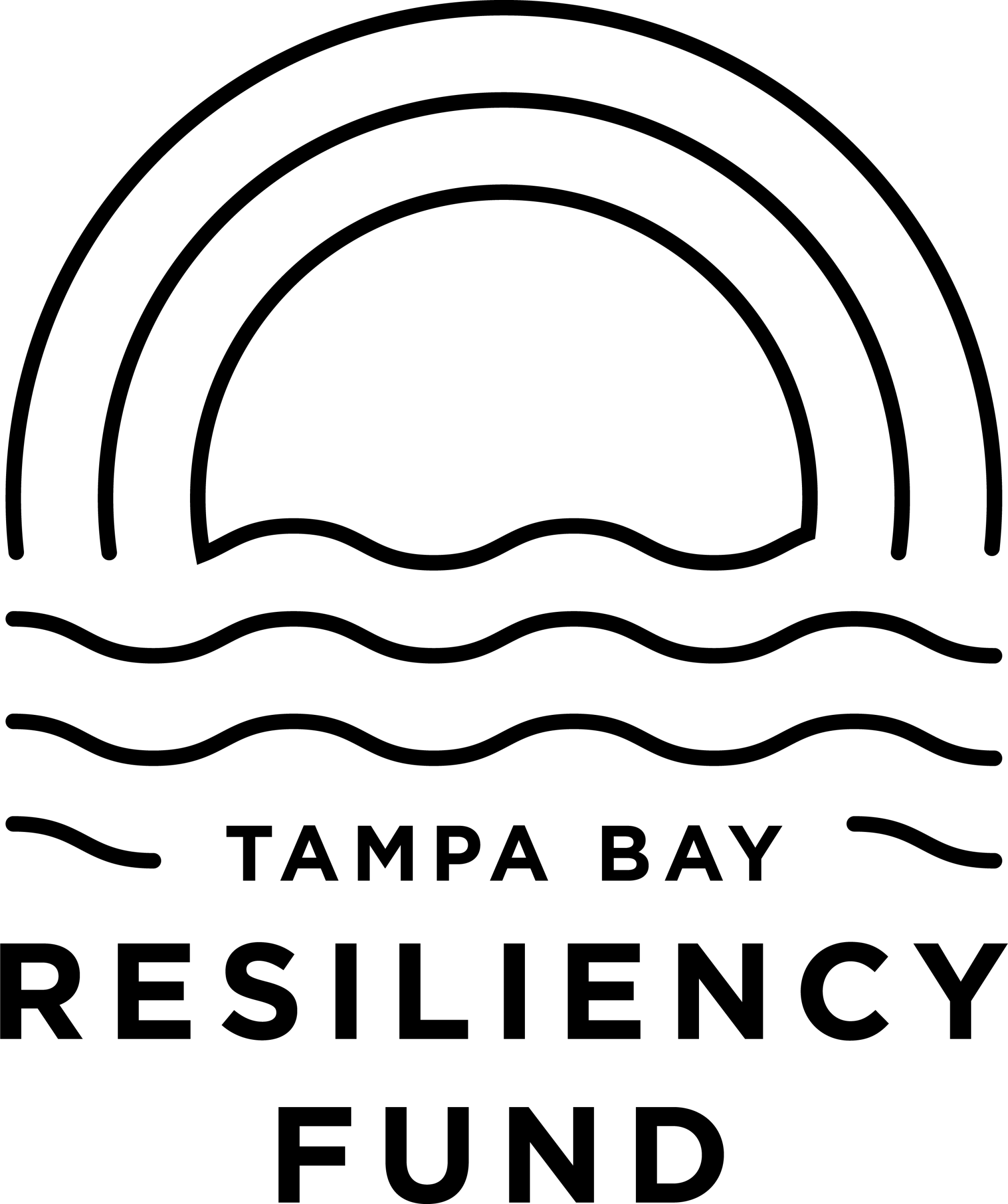Leveraging the Power of Writing for the Arts
[/fusion_title][fusion_text]
In front of me: a dirty but blank sheet of paper about 25 by 21 inches and ensconced in an unattractive gold frame. The artwork was by Robert Rauschenberg. Or, rather more accurately, it is by Robert Rauschenberg and was by Willem de Kooning. After obtaining a drawing from and by the Abstract Expressionist de Kooning, Rauschenberg painstakingly erased the drawing and framed it, eventually claiming and exhibiting it as an entirely new work of art. The piece quietly surprised me as I wandered the San Francisco Museum of Modern Art one afternoon.
The work was explicitly provocative; I could almost imagine Rauschenberg standing beside me, studying my face for my reaction to the work. Unlike the art of de Kooning and his fellow Abstract Expressionists, this was not a grand and definitive statement. Erased de Kooning Drawing was a question without an easy answer. On a deeply intuitive level, this work of art taught me two important lessons: First, that all art is performative (a topic for a different essay), and second, that art is a conversation and good art is often a difficult one to be had.
Putting meaning into art and extracting meaning from it is a fundamental function of art of all sorts. This exchange of meaning essentially amounts to an interchange of ideas, a conversation. At times this “conversation” is a figurative one such as the one between myself and Rauschenberg in the SFMoMA. Other times it is a literal discussion at a gallery reception or over espressos in a café. In a larger sense, it unfolds over decades and centuries through critics, collective taste and shifting historical perspectives as changing meanings are put in to the art and changed meanings are drawn out.
Separating art from the conversations it sparks and hoping something meaningful remains is like disjoining the warp from the weft and expecting two intact canvases. Arts writing plays no small role in setting the tone of the “conversation” that is art. It not only informs people about art, but also offers cues on ways to speak and even think about it. With that in mind, it is with considerable seriousness I approach the arts writing and criticism you will find in this publication.
It’s this particular strength of arts writing that I intend to leverage on behalf of my community. There are many hands on the tiller of the art world, and arts writing and criticism is a particularly strong one and I’d like to use it to steer Pinellas County and Tampa Bay.
Pinellas County is replete with strong artistic communities from St. Petersburg to Tarpon Springs. These communities are surrounded by histories of visual arts, literary, performance and musical legends who have called this place home over the years as well as an outsized number of art museums (five major art museums in Tampa Bay with two more in the works!) in addition to several colleges and universities producing new generations of talented creatives.
Through the Creative Pinellas Journal, I aim to tell the stories of the arts in Pinellas County, to communicate to our readers that this is a place worth their attention and its art worth their serious consideration.


